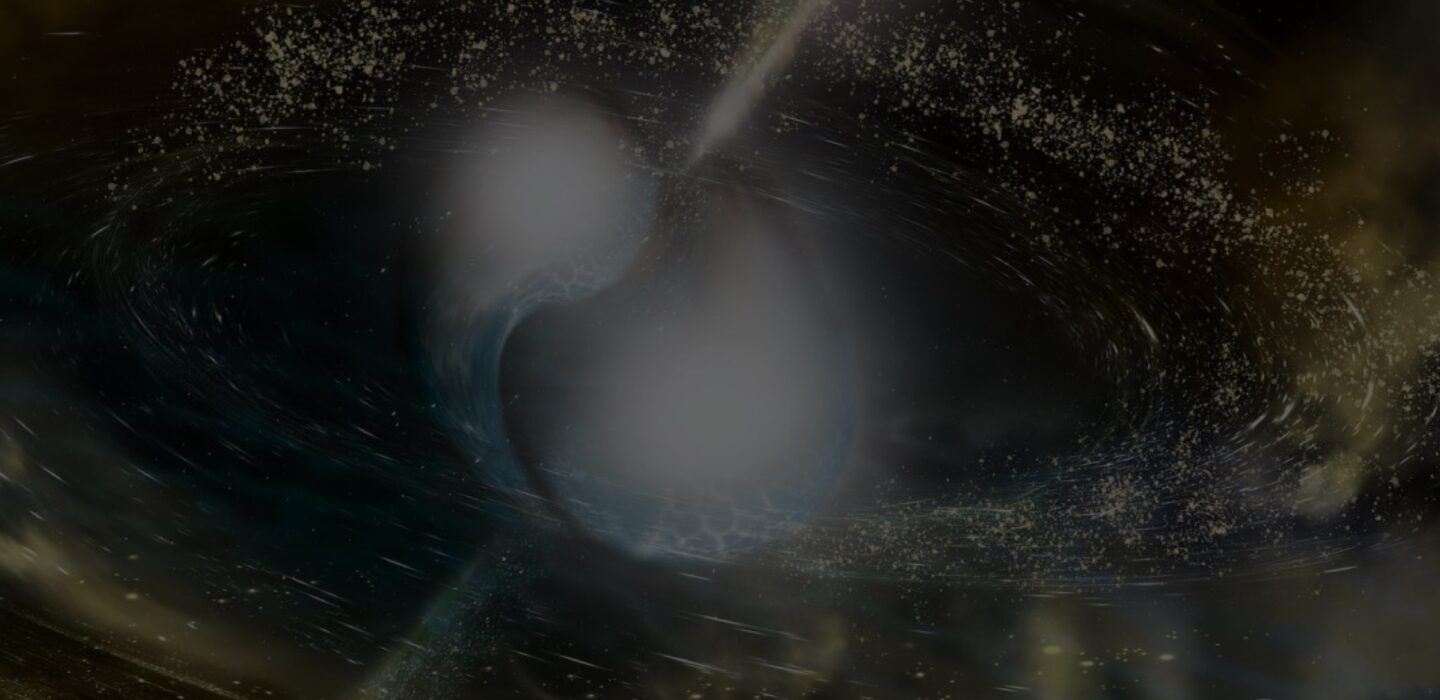MATs: Fabienne Nail & Jialu Li

Monday, December 4, 2023
3:00pm - 4:00pm
Marlar lounge
3:00pm - 3:30pm, Fabienne Nail
Three dimensional simulations of exoplanetary atmosphere escape
This talk delves into exoplanetary atmospheres via 3D hydrodynamic simulations, concentrating on atmospheric escape identified through transmission spectroscopy. These escaping atmospheres, spanning up to hundreds of planetary radii, prominently feature metastable helium as a vital tracer. Notably, a substantial fraction of high-resolution helium line observations at 1083 nm exhibit a blueshift, suggesting a day-to-night side flow within the evaporating atmospheres of short-period gas giants. Moreover, recent observations of HAT-P-67b unveiled an unexpected revelation—only a distinct leading arm of the outflow was detected. Our models successfully replicate these observed phenomena, offering insights into the complex dynamics of exoplanetary atmospheres.
3:30pm - 4:00pm, Jialu Li
SOFIA/EXES survey of gaseous water in the massive young binary W3 IRS 5
The formation and evolution of massive stars are not well understood because they are deeply embedded. As the mid-infrared (MIR) dust continuum originates from the disk photosphere, the absorption line studies at MIR allow us to directly probe the properties of warm, dense gas in those regions. High spectral resolution absorption spectroscopy at MIR, therefore, enables a unique exploration of the physical conditions and organic inventory in the innermost regions of massive star formation while overcoming beam dilution issues present in submillimeter observations.
In this talk, I will present 5–8 μm spectroscopy (R~50,000) focused on the hot core region associated with the massive young binary W3 IRS 5 using SOFIA/EXES. I will present our findings from the analysis of hundreds of individual rovibrational absorption lines of water. Furthermore, I will discuss how our high-resolution SOFIA study helps the analysis of low spectral-resolution JWST/MIRI observations, which is hampered by the blending of individual transitions into broad absorption features, optical depth effects, and line depth reduction due to partial coverage of the source.
Speakers
- Fabienne Nail, University of Amsterdam Jialu Li, University of Maryland
Hosts
Event Contacts
- Minghao Yue Daniele Michilli